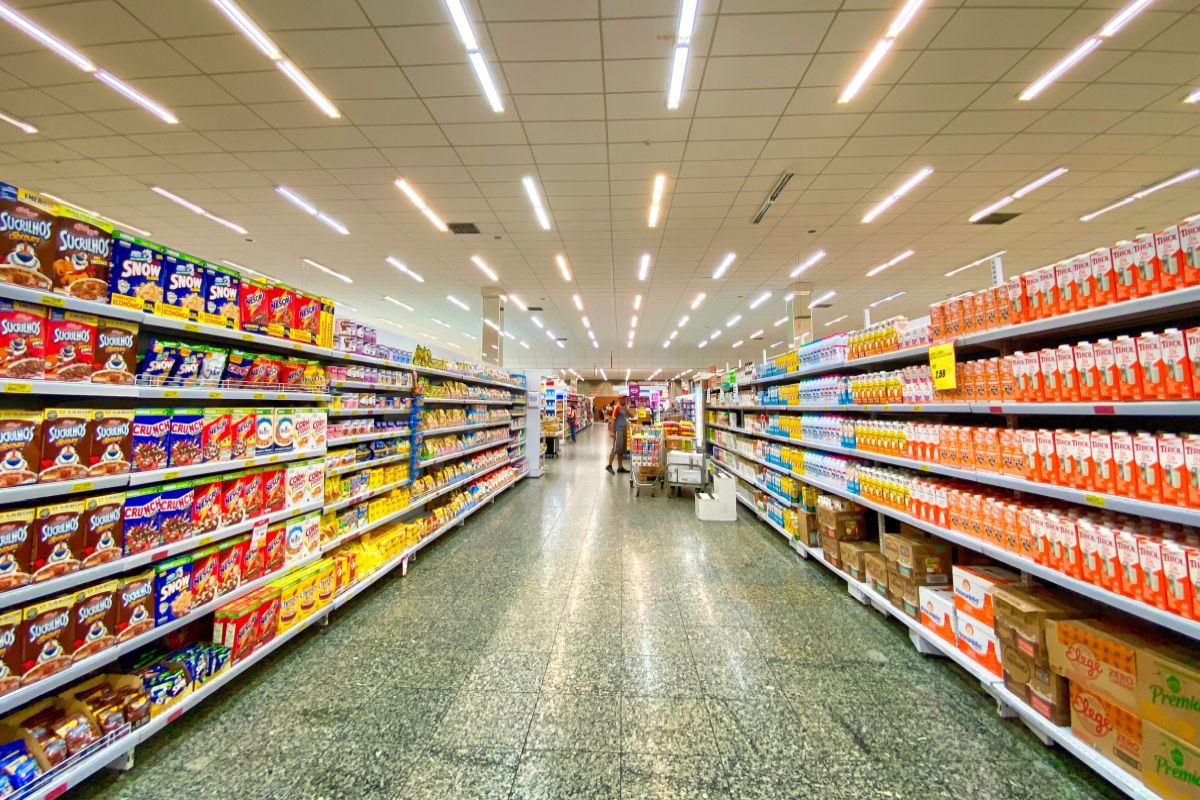In today’s volatile business environment—where climate responsibility, economic efficiency, and regulatory pressure collide—supply chains are under the microscope.
And rightfully so. Global supply chains account for more than 90% of most companies’ environmental impact. Enter artificial intelligence (AI): a powerful tool that’s transforming how companies source, produce, and deliver goods in a way that’s both more sustainable and more profitable.
This article explores how AI is being used to optimize logistics, reduce waste, streamline inventory, and increase transparency—all while helping companies meet growing Environmental, Social, and Governance (ESG) demands.
Why Sustainable Supply Chains Matter More Than Ever
The COVID-19 pandemic exposed just how fragile and opaque global supply chains had become. In its wake, businesses began rethinking their operations—not only for resilience, but also for climate impact. Add to that a new wave of mandatory climate disclosure regulations (like the EU’s CSRD, California’s SB 253 & SB 261, and SEC proposals), and suddenly supply chain emissions—often referred to as Scope 3 emissions—are in the spotlight.
Companies can no longer afford to view sustainability as a “nice to have.” It's now a core business priority. AI is emerging as a key enabler.
5 Ways AI Is Greening the Supply Chain (While Saving Costs)
1. Smarter Route Optimization = Fewer Emissions
AI-powered logistics platforms can analyze millions of variables—weather, traffic, fuel costs, road closures, delivery windows—to find the most fuel-efficient routes in real time. Companies like UPS have saved millions of gallons of fuel and cut delivery times simply by eliminating unnecessary left-hand turns (yes, really).
Impact: Fewer miles traveled, lower emissions, and faster deliveries.
2. Predictive Demand Forecasting Reduces Waste
One of the biggest sources of environmental impact? Overstock and unsold inventory. AI can predict demand patterns using historical sales, social media trends, weather patterns, and regional variables. This leads to just-in-time production and reduced overordering.
Impact: Less inventory waste, lower storage costs, and reduced emissions from unnecessary transport.
3. Inventory Management Gets Smarter and Leaner
Traditional inventory systems rely on rigid thresholds. AI systems adapt to shifting demand in real-time, avoiding stockouts and overstocks. They can even recommend more sustainable sourcing options when supply disruptions occur.
Impact: Lower warehousing needs, reduced spoilage (especially in food and pharma), and better cash flow.
4. Energy Use Monitoring and Optimization
AI tools can monitor energy consumption across warehousing, manufacturing, and distribution facilities—then suggest ways to cut usage without affecting output. Platforms like CarbonChain and C3.ai help businesses identify hotspots and transition to renewable sources more strategically.
Impact: Lower Scope 1 and 2 emissions, and direct savings on energy costs.
5. Increased Transparency and Traceability
Consumers and regulators are demanding to know where products come from and how they were made. AI-powered blockchain and IoT systems track goods across the entire value chain—flagging inefficiencies, unethical labor practices, or carbon-intensive links.
Impact: Stronger ESG compliance, better brand reputation, and higher investor confidence.
Real-World Examples
-
Unilever is using AI to track deforestation-free palm oil sourcing by analyzing satellite data.
-
Maersk uses AI for route optimization and predictive maintenance, saving millions in fuel costs and cutting emissions.
-
IKEA leverages AI to forecast demand for sustainable product lines, reducing waste and ensuring circularity goals are met.
Looking Ahead: AI + Regulation + Consumer Pressure = Acceleration
The convergence of post-pandemic lessons, climate regulations, and ESG investment is driving a seismic shift in supply chain strategy. AI is the accelerator.
With the EU's CSRD requiring deeper supply chain disclosures and California’s climate laws mandating emissions data from large businesses, companies that digitize and decarbonize early will gain a clear edge—both reputationally and financially.
How to Start
Whether you’re a multinational or an SME, here’s how to move forward:
-
Map your supply chain — Identify high-impact areas (emissions, energy, waste).
-
Invest in AI platforms — Start with pilot programs in logistics, forecasting, or traceability.
-
Collaborate with suppliers — Make sure upstream and downstream partners are part of the solution.
-
Track and report — Use AI tools to generate real-time data for ESG reporting.
Final Thought
Sustainable supply chains are no longer a trade-off between doing good and doing well—they’re a competitive advantage. With AI, companies can meet ESG goals, enhance resilience, and unlock efficiency gains that protect both the planet and the bottom line.
The future of supply chains is smart, green, and AI-powered.



